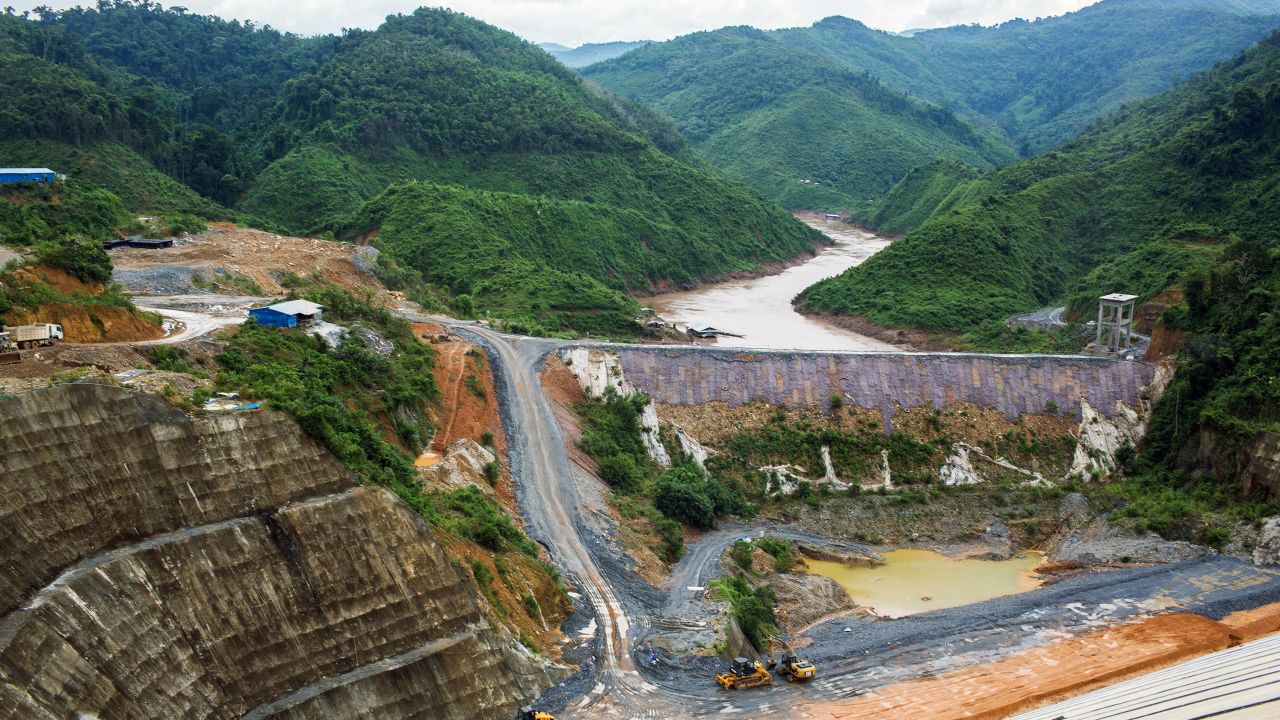
John Hawk Insunrated – Laos is shifting gears from its traditional export model by venturing into the energy-heavy world of cryptocurrency mining. With vast hydropower capacity and mounting national debt, the country is now seeking financial relief by using surplus electricity to generate digital wealth. Once branded as the battery of Southeast Asia, Laos has invested billions into dam infrastructure, yet struggles to fully monetize the power it generates. By leveraging this surplus, the government aims to position the country as a crypto mining hub in Asia. Bitcoin and other tokens require vast energy for blockchain operations, making Laos’ cheap, abundant electricity an ideal foundation. The move is bold and has sparked both intrigue and criticism at home and abroad. Still, with high inflation, rising interest payments, and limited economic diversity, Laos sees cryptocurrency not as a trend, but a lifeline toward fiscal sustainability in a digitally driven world.
Laos has spent decades constructing dams across the Mekong River and its many tributaries. These massive projects have transformed its energy portfolio but have also left the nation with more electricity than it can sell. With energy demand slowing in some neighboring countries, unused capacity has piled up while debt obligations continue to climb. In response, the Lao government is turning to cryptocurrency mining, an industry well known for its high energy consumption. By doing so, Laos aims to convert idle power into profit. Bitcoin mining in particular involves solving mathematical puzzles using powerful computers, which require uninterrupted electricity supply. This is where Laos finds opportunity. The country’s remote provinces with nearby hydropower stations provide suitable terrain for setting up mining farms. While this pivot is still in early stages, the government has approved several licenses and attracted interest from foreign investors hoping to tap into the region’s untapped power potential.
“Read about: United Nations Confirms: Israel Committed Genocide in Gaza — Global Shockwaves Erupt!”
Across Laos, hydropower stations continue to produce electricity around the clock. But not all of it finds a buyer. In 2024 alone, electricity made up over a quarter of national exports, yet large quantities remained unused. This inefficiency puts pressure on government coffers, especially as loan repayments for dam construction come due. Cryptocurrency mining offers a unique solution to this mismatch between production and demand. Unlike traditional consumers, mining operations can be located near generation sites and consume electricity directly. This reduces transmission loss and maximizes utility. Moreover, crypto mining operates independently of international markets, meaning that Laos can profit without relying on neighboring countries to purchase power. For a landlocked nation with limited access to global trade routes, this decentralization could be revolutionary. However, critics warn of volatility in digital currency prices and the risk of overreliance on an unregulated sector for economic stability.
The decision to dive into cryptocurrency has triggered both optimism and concern. Supporters believe Laos is making smart use of its abundant energy, especially at a time when digital assets are gaining traction worldwide. They argue that crypto mining could spark technological innovation and create jobs in underdeveloped regions. On the other hand, skeptics question the environmental sustainability of such a move. While hydropower is cleaner than fossil fuels, mining farms still generate heat and require cooling infrastructure. Additionally, villagers near dam sites have voiced concerns about land displacement and disrupted ecosystems. Internationally, Laos’ shift has caught the attention of both crypto enthusiasts and financial watchdogs. Some hail it as a forward-thinking solution for emerging economies, while others urge caution due to the sector’s association with market speculation and regulatory loopholes. The future remains uncertain, but all eyes are now on how Laos manages this digital experiment.
For Laos, entering the cryptocurrency space is more than a quick fix. It represents a new direction in national economic strategy. Authorities are currently developing regulations to govern mining activities, including licensing rules, tax guidelines, and environmental assessments. Transparency is essential to avoid misuse of public resources and to ensure that mining profits benefit the broader population. Additionally, the government must balance domestic needs with international partnerships. Energy exports remain vital, but crypto mining may serve as a buffer when demand fluctuates. Laos is also exploring blockchain technology beyond currency, including supply chain tracking and digital identity management. These initiatives could strengthen state capacity and bring governance into the digital age. Though the risks are real, officials believe that with careful planning, Laos can build a sustainable model that fuses energy infrastructure with digital finance, ensuring long-term resilience in a rapidly evolving global economy.
This article is sourced from scmp.com and for more details you can read at johnhawkinsunrated
Writer: Sarah Azhari
Editor: Anisa
John Hawk Insunrated highlights how budget-friendly hobbies 2025 are helping people relax, learn new skills, and connect with others without…
John Hawk Insunrated highlights how budget friendly hobbies 2025 are helping more people relax, learn new skills, and stay social…
John Hawk Insunrated Rising interest in simple pastimes shows how affordable hobbies for beginners continue gaining momentum throughout 2025. Many…
John Hawk Insunrated – Trying to change your lazy mindset can feel like trying to push a heavy door that has…
Asia Tours 2026 and the Journey Toward Your Dream Getaway John Hawk Insunrated – Planning a future trip always feels exciting,…
A Turning Tide in British Politics John Hawk Insunrated – Imagine waking up one morning to find the political order of…